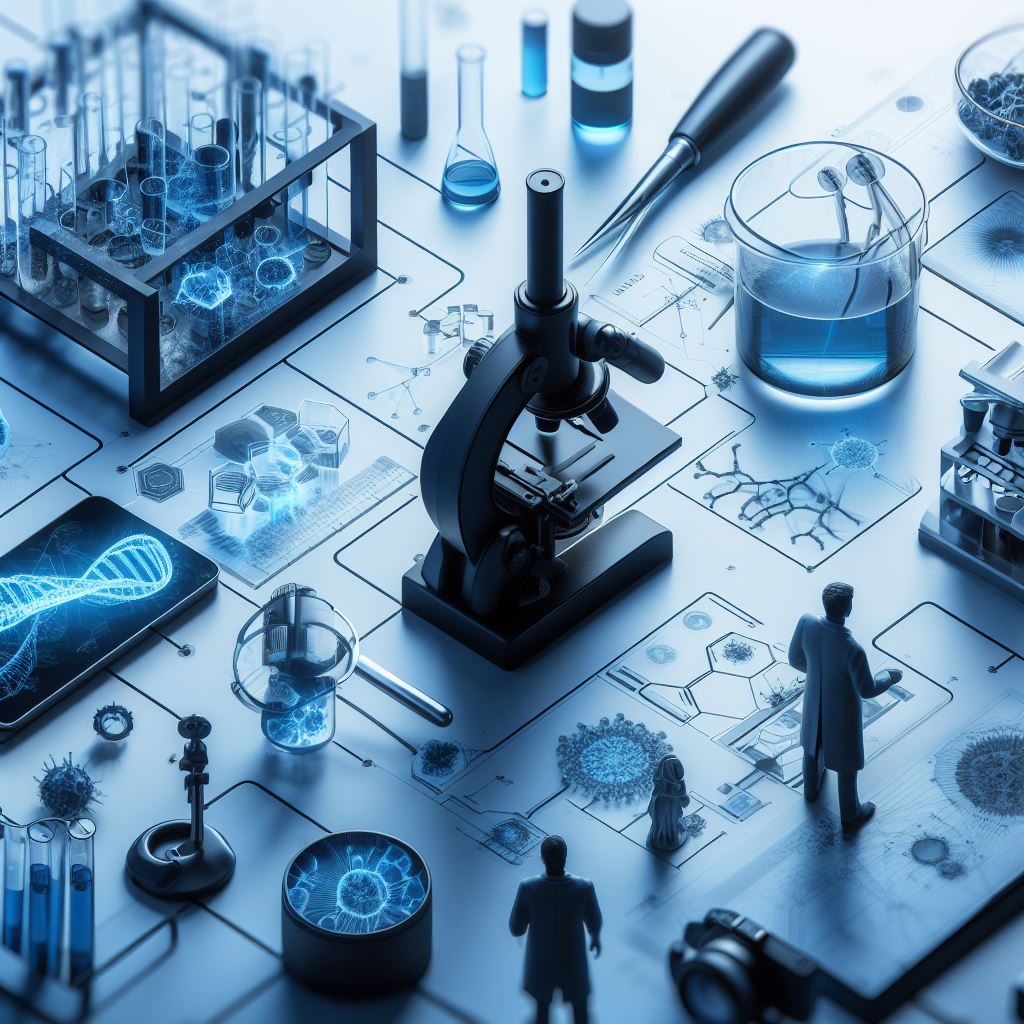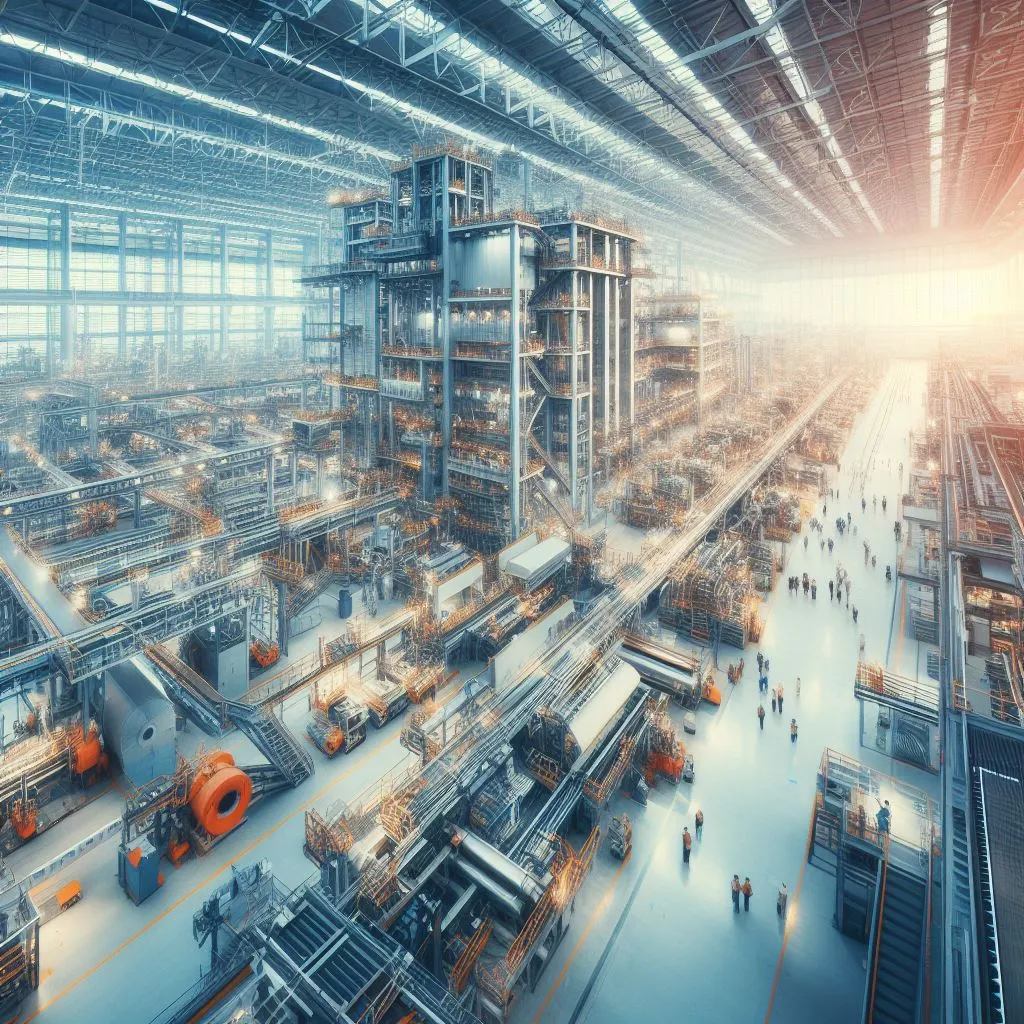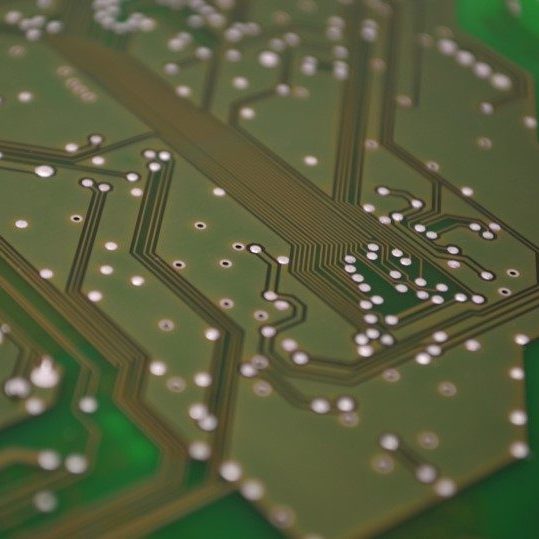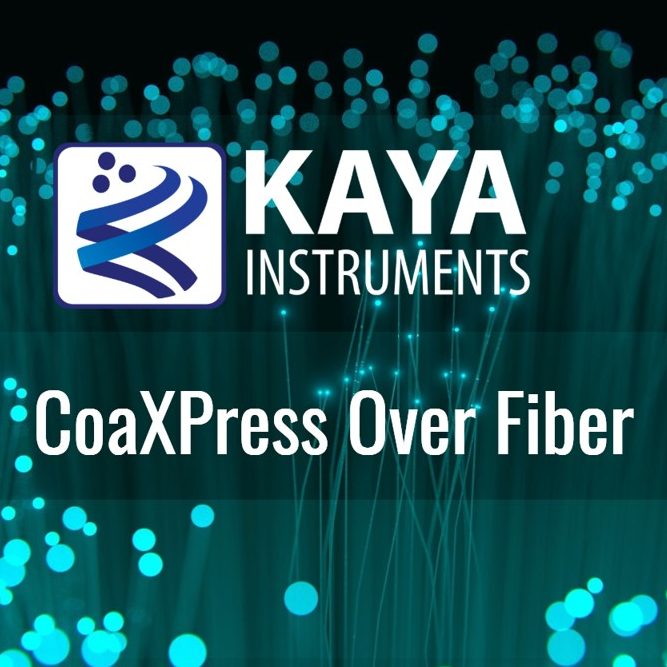Cameras Used for Laboratory Analysis: Meeting Demands and Requirements
In a recent study published in the International Journal of Molecular Sciences, KAYA cameras helped capture and analyse cell motillity. KAYA cameras are recognized for their reliability and versatility in laboratory settings.
Laboratory cameras must often meet rigorous demands to facilitate precise scientific research. These demands include reliability, ensuring consistent performance over extended periods; high frame rate (FPS) is sometimes required to catch quick motion; high resolution to capture fine details in lab experiments; a wide operating temperature range to accommodate varying lab environments; Lab cameras may require high shock and vibration resistance, which is critical to withstand the often turbulent conditions encountered in laboratory settings. KAYA cameras excel in meeting these demands, making them reliable and versatile choices for researchers conducting experiments and investigations in laboratory settings.
KAYA’s Iron 661 CoaXPress camera, for example, is ideal for sensative video capturing, with the very high resolution of 127 Megapixel, 13400 (H) x 9528 (V). . Iron 661 boasts a wide operating temperature range, from -40°C to 75°C, making it adaptable to varying lab conditions. It meets MIL 810F standards for shock and vibration resistance, ensuring consistent performance even in turbulent lab environments. These features, coupled with its high-resolution sensor, global shutter, and robust design, make it an ideal tool for researchers conducting experiments and investigations in challenging laboratory settings.








